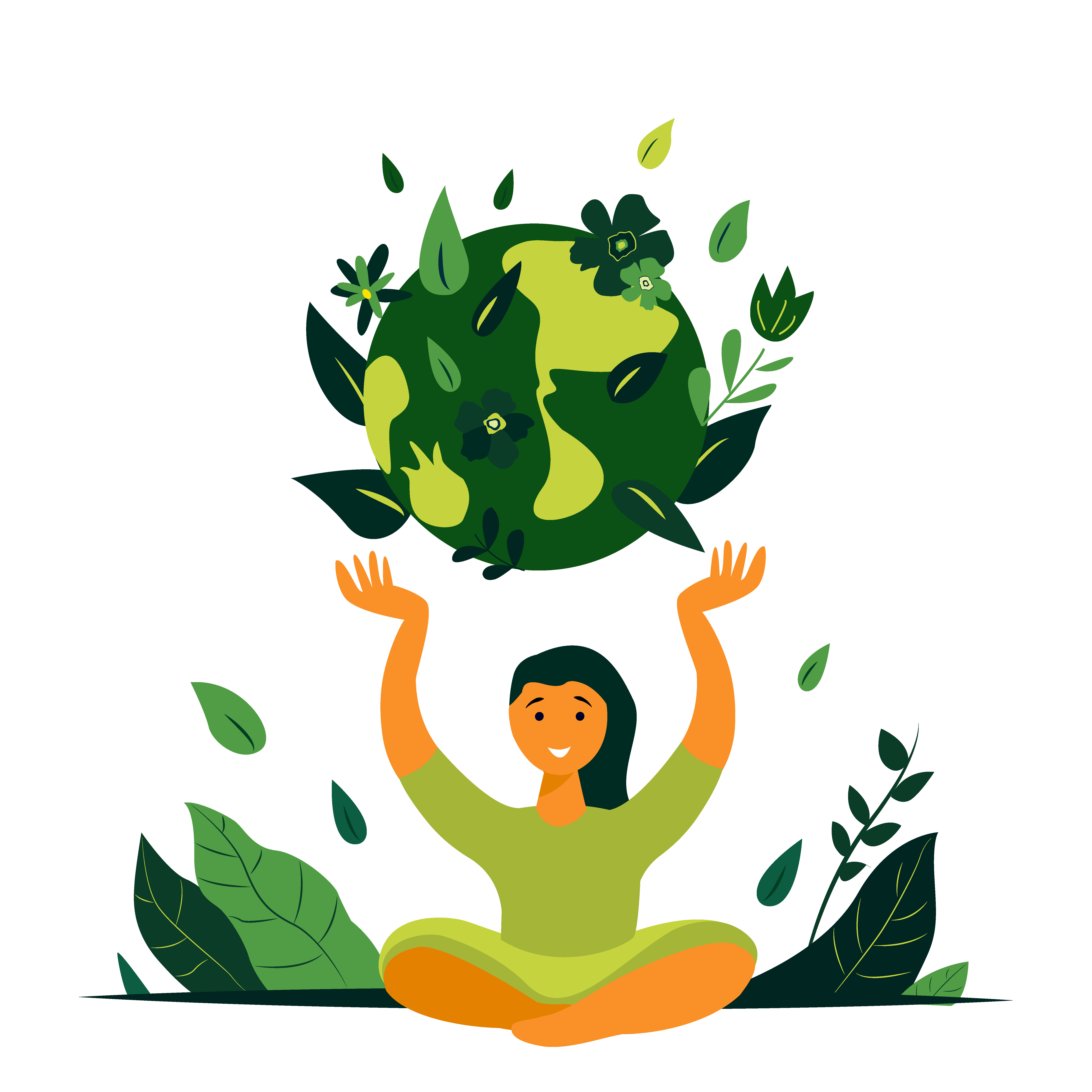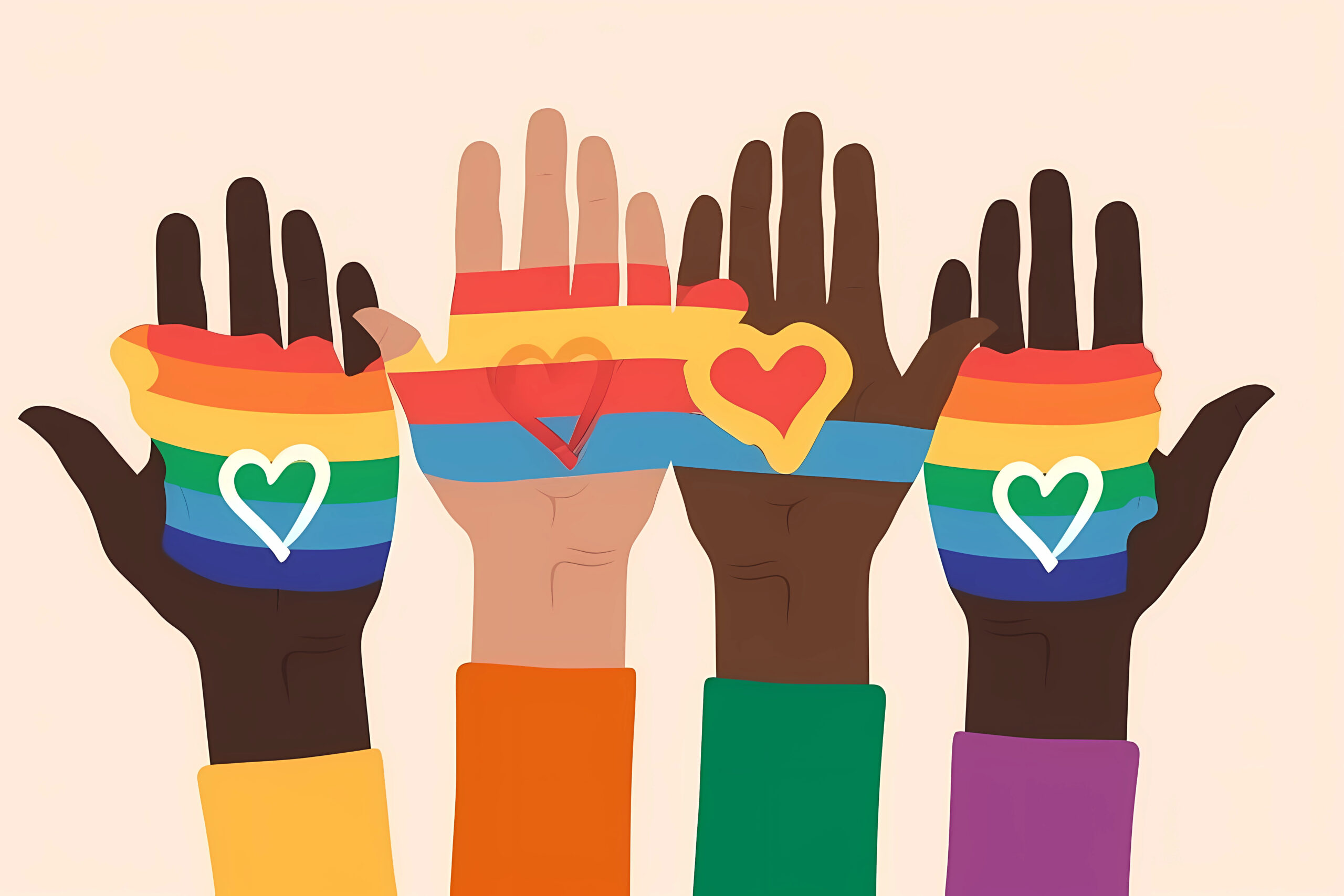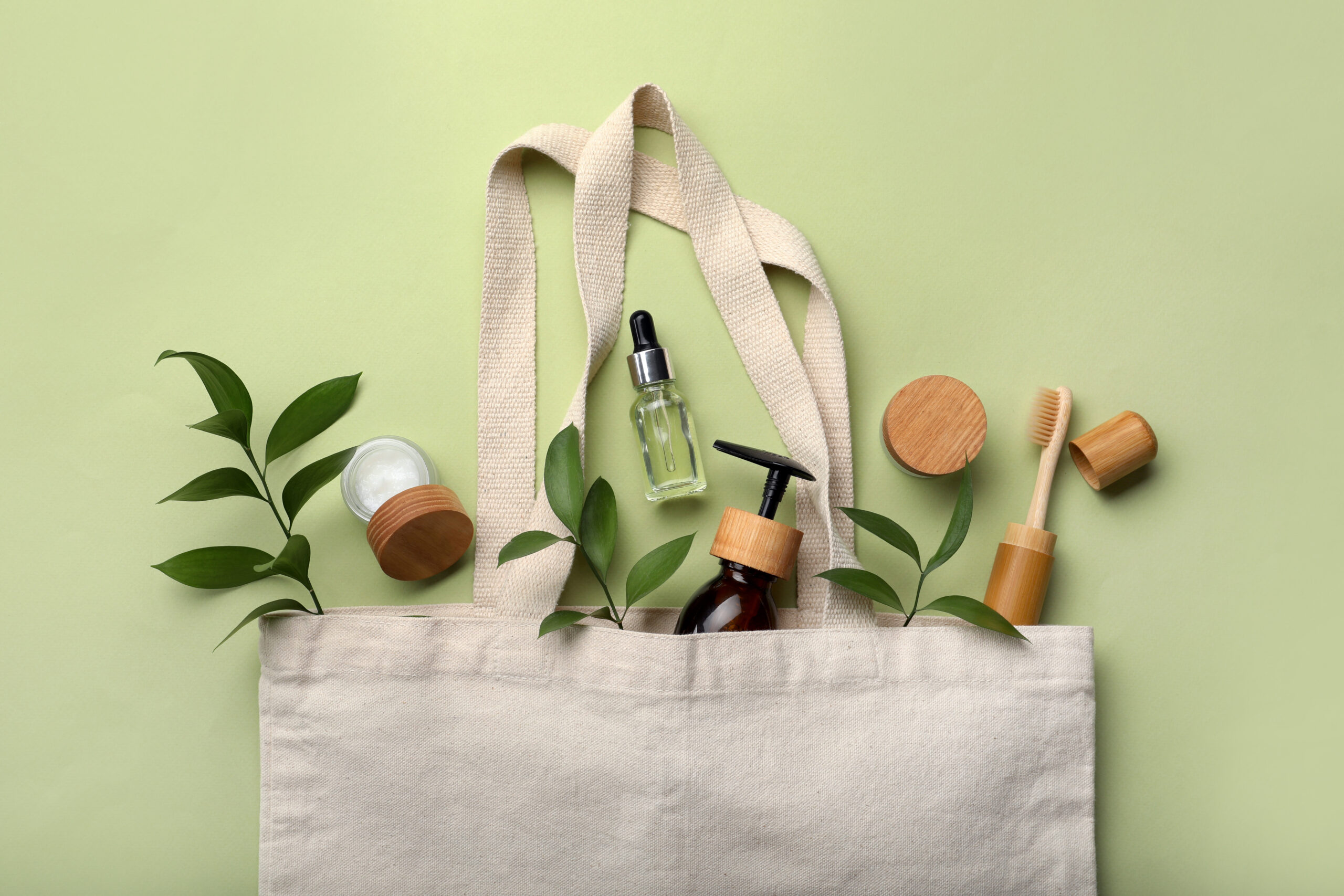You’ve read these words hundreds of times, usually from companies trying to sell you products and peace of mind. But what do they really mean?
How does buying these products help the environment? Are they better than what you already have? Or, are they participating in a little something called “greenwashing” — making promises that either aren’t quite true or that distract you from other bigger problems that their company might cause?
The short and short of it is that sustainability and consumerism are inherently incompatible. Most greenwashing relies on misdirection. “Look at this little thing we’re doing over here” distracts consumers from manufacturing or logistics pipelines that create most waste and emissions. It’s a tale as old as climate activism and it started with the oil industry.
FOSSIL FUELS + TRANSPORTATION
Let’s start with the greatest scam of all. In 2006, BP, with the help of ad agency Ogilvy & Mather, coined the term “carbon footprint.” This propaganda ploy accomplished a vital task, shifting attention from corporate to personal responsibility when it comes to climate change, pollution, and environmental impact.
The phrase is still firmly cemented in the cultural zeitgeist as we look for ways to reduce our own. BP even started shifting their branding to “Beyond Petroleum” even though they are anything but. They were in fact the cause of the largest oil spill in history.
The origin story starts way before 2006, though. Chevron started way back in the ‘80s and ‘90s, running ads showing employees interacting with nature even when the company knew they were contributing to climate change. The transportation industry has tried to make even more green promises since then, but that doesn’t change that reliance on fossil fuels will never get us past a brownish gray. In spite of new ad campaigns like Shell’s greenwashing campaign, oil and gas are ruining our air and heating the planet and the industry has had concrete evidence of this since the 1980s. Why would you trust anything they say ever again?
Rugged truck brands that showcase commercials in mountains and open fields can be accused of greenwashing as they celebrate being closer to nature… as you simultaneously destroy it. Those gas guzzlers are extremely useful if you need them. If you’re a true laborer or adventurer that has to haul gear up and down mountain roads, much respect to you and your need for this vehicle. However, living in Miami, Florida I see way too many souped-up Jeeps that look more pristine than the obnoxious Ferraris along the street. There is no off-roading on Ocean Drive.
But is switching to electric any better? Well, that’s complicated, but not really. Not yet. Without the infrastructure to support electric charging, it’s not a practical solution for a lot of people. Plus the cost of making new cars, digging up materials for these batteries and vehicle structures, shipping them across the globe, etc. has its own carbon cost that may outweigh some of the long-term benefits if you’re not getting maximum use out of your vehicle. According to Car and Driver, “EV batteries are energy-intensive to manufacture, and there are humanitarian costs associated with mining the metals they rely on. Though EVs don’t emit greenhouse gases, the electricity they pull from the grid often does.”
That means it also depends on where you live and how electricity gets to you. In my home state of Florida, the majority of electricity is made by burning natural gas, which is pretty counterintuitive when trying to shift away from gasoline. However, if you live somewhere like Washington or Vermont where the majority of electricity is derived from renewable sources, then over the long term your electric investment might pay off, as “the life-cycle emissions of a small gas car will surpass those of a small EV after roughly 27,000 miles of driving.”
So in sum, it’s a higher carbon price to build an electric vehicle, but that cost is offset by the performance of the vehicle over the course of its lifespan. That still makes choices a lot more complicated, especially if you currently have a fully functional combustion engine car. Is buying a brand-new electric vehicle really the right move today?
FAST FASHION + TEXTILE WASTE
Zara, H&M, Forever 21, and now… Shein. What do these brands all have in common? They’re fast fashion brands that contribute tons of waste.
It’s a really toxic cycle that fashion brands and consumers are locked in. These companies produce hundreds of thousands of articles of new styles and clothes per year, and yet 60% of those will be thrown out within the year they were purchased. I’m sorry… WHAT?!
A lot of these brands have definitely made an effort, like H&M with their conscious choice line and product material and origin transparency. But that doesn’t change the fact that fast fashion is inherently not sustainable. Which is honestly a consumer issue as well. While corporations must make strides to look at their production, packaging, and shipping process, consumers need to stop demanding the latest craze of trend cycles, an area that has exploded with the rising popularity of Shein. The whole industry is built around people wanting more and more. (And that’s to not even touch the unethical labor practices of their overseas factories.)
So when a company, especially a fashion brand, makes claims about recycling and carbon-neutral practices… you may want to dig a little deeper. They might just be buying carbon credits, which is a step but doesn’t reduce their impact.
Still, some companies are doing good in the textile world, including Patagonia and Lucy & Yak. (That article also includes personal care brands like Dr. Bronner’s that don’t overhype their promises.)
SO WHAT THE HECK DO WE DO?
Trying to be an ethical consumer is quite frankly an existential nightmare. If you’ve ever watched The Good Place, you know what I mean. (Don’t click that link unless you want spoilers. The point of this clip is about halfway in.) So, what do we do? The best we can.
Obvious signs of greenwashing are when companies just use buzzwords and make big promises but don’t explain the how.
Akepa, an ad agency working exclusively with sustainable brands, does a pretty good job of tracking and pointing out examples like these nine companies with recent disingenuous campaigns.
A big one: companies that claim to recycle plastic. Single-use plastics are one of our biggest problems on the planet. Coca-Cola and Nestle are the companies producing the most plastic waste that DOES NOT get recycled. BlueTriton (owner of many popular water bottle brands) is currently in court over its “hyperbolic” sustainability claims.
So if a company is using plastic, they’re not helping the planet.
But what about companies that use compostable packaging? Well, you’ve got to check the details, because some of those require high heat levels that the average compost can’t handle. Those, unfortunately, end up in landfills, too.
See, I told you it was a nightmare.
If you have the time to check in on the ethical practices of a company, do so. If you don’t, do your best. Shopping smaller and locally will often help. Having some “go to” places to shop can help, too. That way your research can go towards a place where you can keep shopping.
But the number one thing we can do as individuals is to just buy fewer things we don’t really need, even if you’re replacing something with a product that is “zero-waste.” For example, if you already have a plastic product, don’t throw it away and replace it with a bamboo one. But if your plastic product is on its last leg and you need to replace it, then making the switch is a great idea.
There are tons of resources out there to help us make better choices, but more importantly, we need to let large corporations know we’re not falling for their empty promises, fudged statistics, and public gaslighting anymore.
About the author.
Alessandra is your friendly neighborhood writer, coach, and facilitator with a varied history of experience from digital agencies and corporations to yoga studios and gyms. Her expertise and interests range from fitness and wellness to self-care and personal development to intersectionality and justice to science and creative cultivation. She has worked on and off with Creative Circle since 2014, originally as an NYC recruiter, later as an internal sourcer, and currently as a community wellness and culture specialist as well as a contributing writer for this here blog. You can find up-to-date offerings or sign up for her newsletter at alessandracalderin.com.



